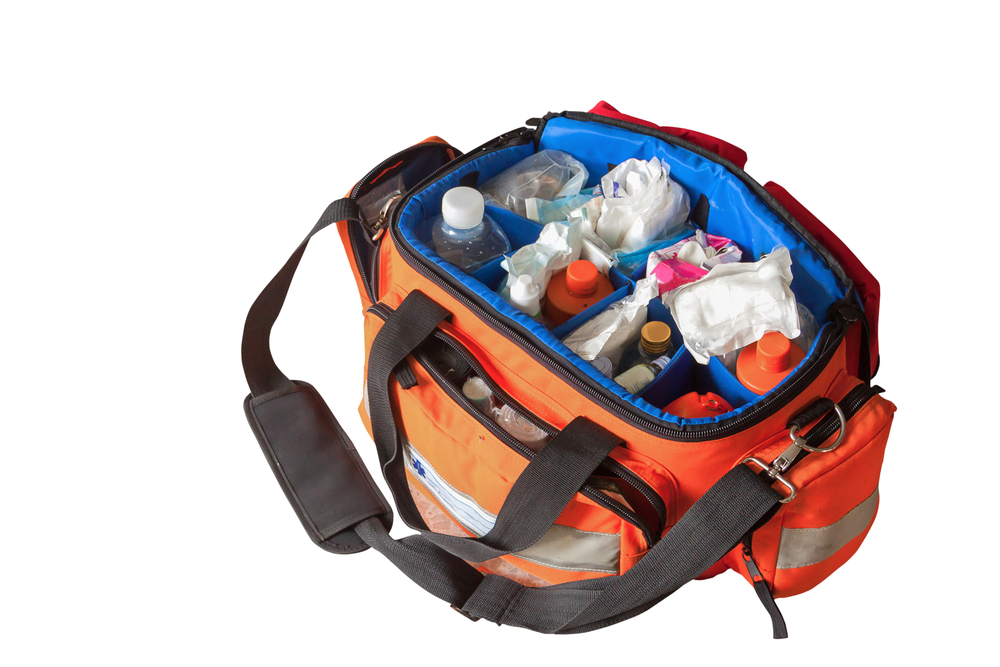
The American Hospital Association (AHA) has called on the federal government to provide sufficient funding and guidance to establish a disaster health response system, and for all 50 states to put required licensing arrangements into place, to ensure public health amid “complicated threats.”
The U.S. Department of Health and Human Services (HHS) Office of the Assistant Secretary for Preparedness and Response (ASPR) has advocated for investments in healthcare preparedness and trauma systems that would serve as the foundation for a new regional disaster health response system.
“This approach builds on existing health care coalitions — more than 28,000 health care businesses, emergency medical services, state public health agencies and local health departments across the country that work together with funding and guidance from ASPR’s Hospital Preparedness Program,” an AHA release stated. “The regional disaster health response system will expand this public-private partnership, adding trauma centers, burn centers, pediatric hospitals, public health labs, outpatient services and federal facilities like Veterans Affairs clinics to better meet the health care needs of the public in a disaster.”
While collaboration within the competitive health care industry might seem “counterintuitive,” AHA noted that collaborating “to meet demand in a crisis is essential to saving lives.” The group noted that 141 million people visit emergency rooms each, half of emergency departments operate beyond capacity, and 500,000 ambulances are diverted each year due to overcrowding.
“Disasters place additional stress on these already overwhelmed community resources,” AHA stated. “Collaborating during large-scale emergencies to distribute the patient load could mean the difference between positive or negative patient outcomes. To meet anticipated needs for health care during disasters, particularly those involving chemical, biological or radiological weapons, a regional disaster health response system could provide impacted communities with mutual aid — doctors, nurses, and other health care workers from health care facilities in other communities or other states.”
However, a regional disaster health response system has been hampered by medical licensing and liability issues, AHA continued, and breaking down these barriers would make “more providers and care available faster.”
“Many steps are needed to create this system,” the group stated. “Building disaster readiness is a shared responsibility. The federal government must provide adequate incentive funding and guidance, but state governments must have licensing agreements in place. Every state and U.S. territory needs laws in place, such as the Uniform Emergency Volunteer Health Practitioners Act, to allow people with medical licenses — doctors, nurses, EMS, etc. — to work in different states during emergencies, much like federal responders from the National Disaster Medical System can. Health care facilities also need plans to incorporate surge personnel.”
AHA also noted that healthcare workers need specialized training to provide safe and effective care in hazardous situations, similar to the National Ebola Training and Education Center that provided free training for Ebola and other highly infectious diseases.
“To save lives in the face of modern health threats, hospital systems and other healthcare entities must step up their engagement in healthcare readiness,” AHA concluded. “As recent hurricanes and other large-scale emergencies show, being able to function effectively in a crisis provides a competitive advantage. A regional disaster health response system makes sense for businesses; the approach allows healthcare facilities to provide care when staff and other resources are scarce and keeps facilities from being overwhelmed. Most importantly, a regional disaster health response system can help save lives when every moment counts.”

